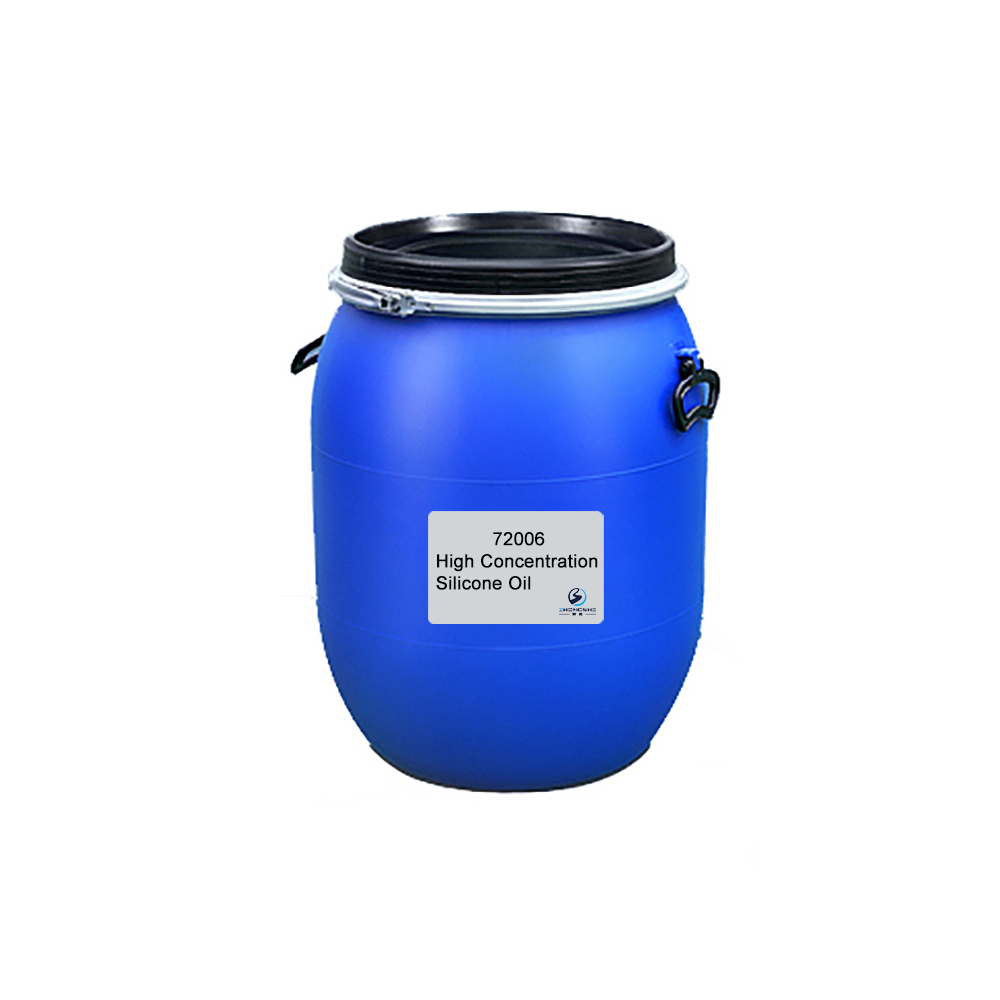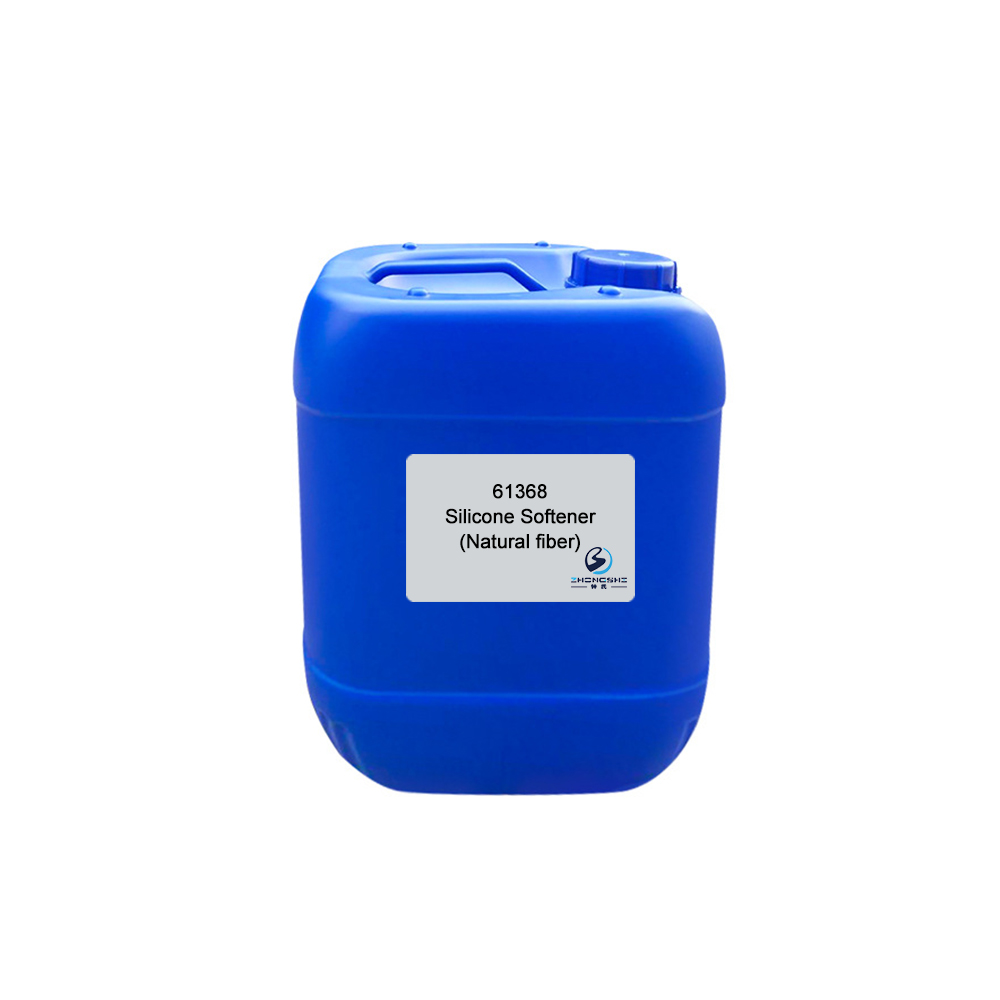98093 Silicone Softener (Hydrophilic, Deepening & Brightening)
Features & Benefits
- Excellent and durable hydrophilicity.
- Imparts fabrics soft, smooth, dry and plump hand feeling.
- Excellent stability: Its property of nanoscale microemulsion can ensure the stability under high shear and wide pH range. During use, there will be no roll banding, sticking to equipment, oil floating or demulsification.
- Has great deepening effect on black color series (activated black and vulcanized black, etc.). Effectively improves 20~50% of dyeing depth and reduces dyes.
- Has outstanding brightening effect on variegated color (as activated bright red and activated royalblue, etc.), making the color full and gorgeous.
- Extremely low yellowing: 5 grade of resistance to heat yellowing, 4~5 grades of resistance to storage yellowing. Suitable for light color and bleached fabrics.
Typical Properties
| Appearance: | Transparent emulsion |
| Ionicity: | Weak cationic |
| pH value: | 6.0±0.5 (1% aqueous solution) |
| Solubility: | Soluble in water |
| Application: | Cotton, Lycra and viscose fiber, etc. |
Package
120kg plastic barrel, IBC tank & customized package available for selection
TIPS:
Importance of chemical finishing
Chemical finishing has always been an important component of textile processing, but in recent years the trend to ‘high tech’ products has increased the interest and use of chemical finishes. As the use of high performance textiles has grown, the need for chemical finishes to provide the fabric properties required in these special applications has grown accordingly.
The amount of textile chemical auxiliaries sold and used globally in one year is estimated to be about one-tenth of the world’s fiber production. With fiber production currently at 60 million tonnes, about 6 million tonnes of chemical auxiliaries are consumed. The percentage of market share of textile auxiliaries is shown in below figure. About 40 % of textile auxiliaries are used in finishing, the largest percentage usage of all textile chemicals, followed by dyeing and printing auxiliaries and pretreatment chemicals. Softeners are clearly the most important individual product group. In terms of value, the repellent group is the leader with the highest ratio of cost per amount. This reflects the relatively high cost of the fluorochemical subgroup of repellents.










